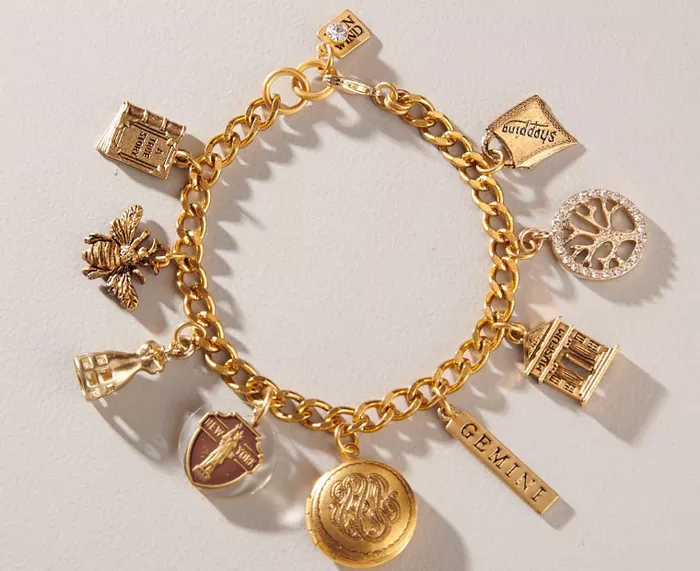Diamonds, with their unparalleled brilliance and enduring allure, hold a special place in the world of jewelry. When you find yourself with extra diamonds from tennis bracelets or any other source, there are numerous creative and practical avenues to explore for their repurposing. This comprehensive guide delves into various strategies for making the most of your extra diamonds, whether you’re looking to create sentimental keepsakes, make profitable investments, or simply declutter your jewelry collection while maximizing their value.
Evaluating Your Extra Diamonds
Before embarking on any decision regarding your extra diamonds, it’s crucial to assess their characteristics and quality:
Quality Assessment: Evaluate the diamonds based on the 4Cs—cut, color, clarity, and carat weight—to understand their market value and potential uses.
Certification: Determine if your diamonds are certified by reputable gemological laboratories like GIA (Gemological Institute of America) or AGS (American Gem Society). Certification adds credibility and transparency to their quality.
Condition: Note whether the diamonds are loose or still set in jewelry, as this will influence your options for repurposing.
See Also: Which Religion Wears Bracelets?
Options for Repurposing Extra Diamonds
1. Create Custom Jewelry
Designing custom jewelry allows you to transform extra diamonds into unique pieces that reflect your personal style and preferences:
Engagement Rings: Incorporate diamonds into an engagement ring design, either as the main stone or as accents, adding sentimental value and reducing costs compared to buying new diamonds.
Pendants and Necklaces: Create a pendant or necklace featuring your diamonds, showcasing their brilliance in a design that can be worn close to the heart.
Earrings: Utilize diamonds to craft earrings, whether as classic studs, elegant drops, or chic hoops, offering versatility and timeless elegance.
2. Family Heirlooms
Repurposing diamonds into family heirlooms ensures they are cherished for generations to come:
Enhance Existing Jewelry: Integrate extra diamonds into existing family heirlooms such as brooches, bracelets, or rings, preserving their sentimental value while enhancing their beauty.
Create New Heirlooms: Design new pieces of jewelry intended specifically as family heirlooms, passing down stories and memories along with the diamonds to future generations.
3. Sell or Trade
If your goal is financial return or investment diversification, consider selling or trading your diamonds through various channels:
Private Sale: Sell diamonds directly to private buyers through reputable dealers, auctions, or online platforms to maximize their market value.
Trade-In: Explore trade-in options with jewelry retailers or dealers who accept diamonds as part of a trade-in toward purchasing new jewelry or upgrading existing pieces.
Auction Houses: Consign diamonds to established auction houses specializing in fine jewelry to reach a wider audience of collectors and investors.
4. Investment
Diamonds can be considered as an alternative investment, albeit with careful consideration and professional advice:
Investment Diamonds: Purchase additional high-quality diamonds or rare colored diamonds as part of a diversified investment portfolio.
Certification and Appraisal: Ensure investment diamonds are certified by reputable gemological laboratories and appraised accurately to verify their quality and market value.
5. Philanthropy and Gifting
Consider donating or gifting diamonds for charitable purposes or to commemorate special occasions:
Charitable Contributions: Donate diamonds to charitable organizations for fundraising events or auctions, contributing to meaningful causes while potentially benefiting from tax deductions.
Gifts: Gift diamonds to loved ones as symbols of appreciation or celebration, ensuring they are cherished and enjoyed by those closest to you.
Practical Considerations
When deciding what to do with extra diamonds, keep these practical considerations in mind:
Legal Compliance: Ensure compliance with legal regulations concerning the sale and ownership of diamonds, especially if they are of significant value or rarity.
Insurance Coverage: Update insurance policies to cover the value of diamonds retained for personal use or safeguarded as part of a collection.
Professional Guidance: Seek advice from jewelers, gemologists, or financial advisors to make informed decisions aligned with your objectives, budget, and the value of your diamonds.
Conclusion
Extra diamonds from tennis bracelets or other jewelry present opportunities for creativity, financial gain, and sentimental value. Whether you choose to craft custom jewelry, create family heirlooms, sell for profit, invest strategically, contribute to charitable causes, or gift to loved ones, each diamond can find a meaningful and purposeful new role in your life or the lives of others. By exploring the diverse options outlined in this guide and considering your personal preferences and goals, you can ensure that every diamond is maximized to its full potential, enriching lives and preserving their timeless beauty for generations to come.

